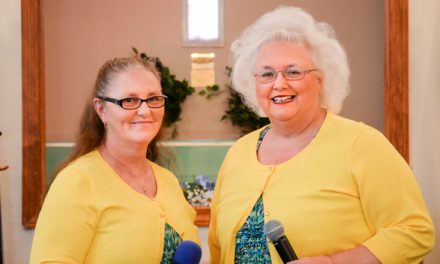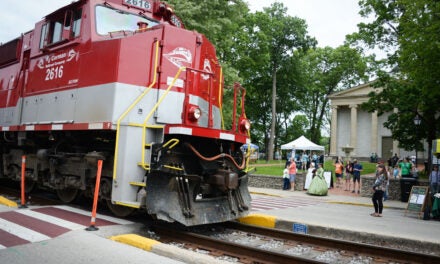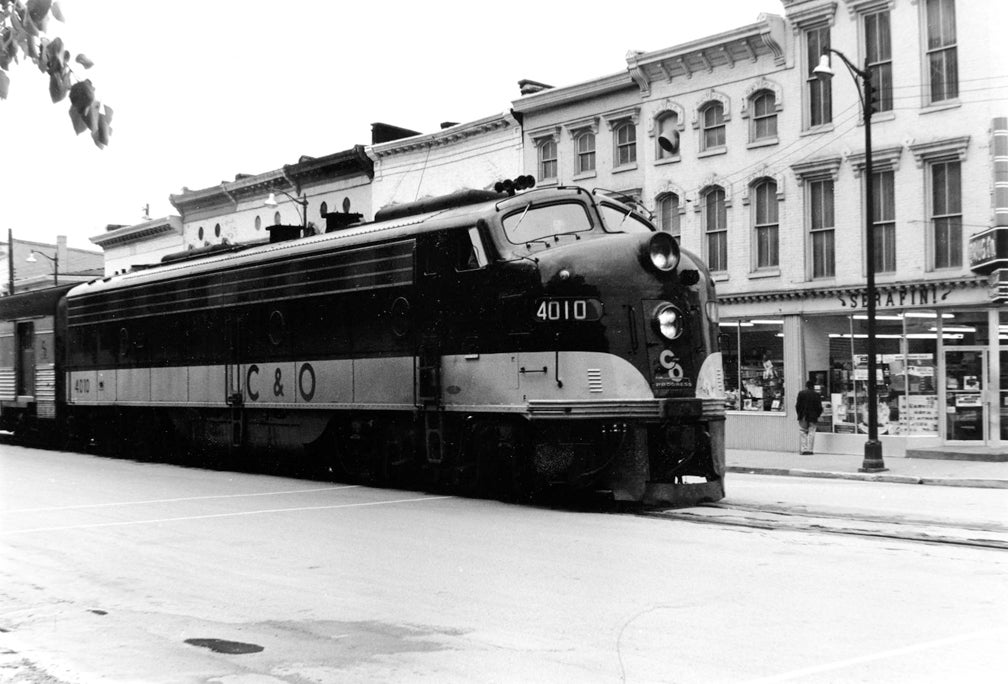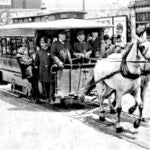Frankfort has always been a leader in providing public transportation to its citizens. As early as 1800, a stagecoach tied Frankfort to Lexington and to Louisville. In 1835, the first railroad in Kentucky connected the Kentucky River trade at Frankfort with Lexington. In 1850, this railroad track was extended to Louisville. Then, between 1839 and 1844, the city participated in building locks and dams #1 through #4 on the Kentucky River to provide year-round river navigation.
The exact date is unknown but, circa 1845, an individual began to operate an omnibus line in Frankfort. This was a coach, pulled by horses, which traveled a fixed route within the city limits of Frankfort. This was anything but a smooth ride, as every bump in the street jostled those riding the omnibus.
Then, in 1886, Frankfort took the next step in assuring its citizens had access to the latest in public transportation. That year, the Capital Railway Company began operating a horse car line in Frankfort. This horse-powered streetcar line lasted until 1894 when the system was converted to electricity.
A horse car line consisted of three elements — iron rails laid in the street, a modified omnibus coach, which had flanged wheels to grip the rails, and horses to pull the coach. The Frankfort horse car line provided service between 5 a.m. and 11 p.m. — 18 hours daily.
Let’s pause to consider the logistics of operating this horse-powered street car line. While a man could work 18 hours a day, a horse could work only three to four hours a day pulling a loaded coach. The Frankfort horse car line apparently had four coaches. Each coach was pulled by two horses who worked three hours a day.
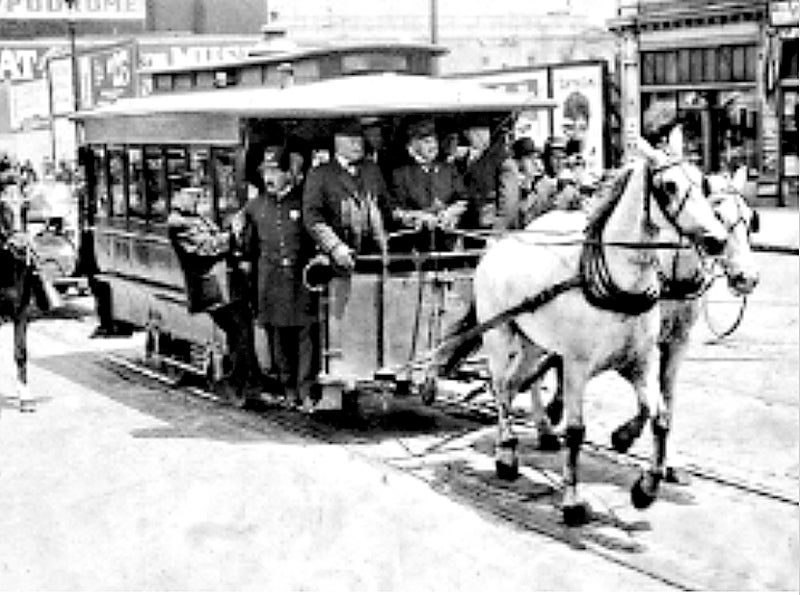
This meant they needed 12 horses to cover 18 hours of operation. Adding in the factor that horses got sick and injured, it was prudent to have four extra horses to cover horses not able to work and to give a horse an occasional day’s rest. Therefore, 16 horses per coach, times four coaches, meant a need for 64 horses.
The horses had to be housed in a stable. As a result, a stable that could house 64 horses was needed. Now, each horse consumes some 13 pounds of grain and 12 pounds of hay daily, a total of 25 pounds per horse. That meant 832 pounds of grain and 788 pounds of hay needed to be on hand each day to feed the horses. Each horse also needed three gallons of water daily; a gallon of water weighed 8.33 pounds, so almost 25 pounds of water was needed.
Now, what goes into a horse as food and drink comes out as manure and urine, some 50 pounds of waste per horse. We will propose that during the period the horse is working, it deposits 10 pounds of manure and urine in the city’s streets. Yes, the streets were smelly back then.
However, that meant at the horse stables these 64 horses were each depositing daily 40 pounds of manure and urine in their stalls. This required that you, the horse car line operator, had to daily dispose of 2,500 pounds of manure and urine that had built up in the stable.
Overall, you were daily receiving at your stable 3,200 pounds of feed and water to keep your horses alive and hauling away 2,500 pounds of waste. A crew of 12 men were daily employed in the feeding and care of the horses. One also needs to note that horses used in pulling horsecars had a service life of 5 to 6 years. In addition, at least once a month, a horse had to be put down due to a broken leg or sickness.
The replacement cost of a horse in the 1880s was $150. Then, there was the added cost of training the horse to pull the horse car. It is no wonder that in 1894 Frankfort embraced the electric-powered streetcar.


